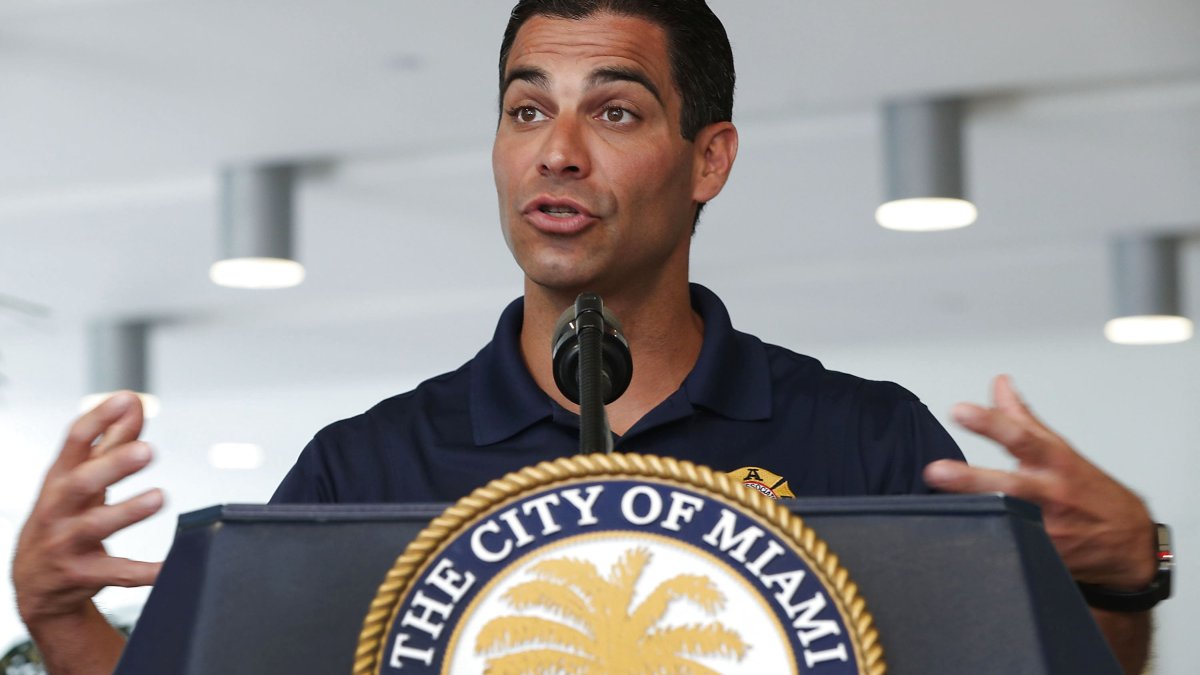Record $668mn loan boosts hopes for Miami’s luxury housing boom
Stay informed with free updates
Simply sign up to the Property sector myFT Digest — delivered directly to your inbox.
A new Miami skyscraper where apartments will cost up to $90mn has secured a $668mn residential construction loan — the largest in Florida’s history — as the pandemic boom town’s heated high-end housing market shows no signs of cooling.
The Waldorf Astoria Residences by property developer PMG will be the tallest building in the Americas south of New York City, towering more than 1,000 feet over downtown Miami. The $668mn loan it has secured, from Bank OZK and Related Fund Management, breaks the previous record for a residential construction loan in Florida, a $600mn loan for the Cipriani Residences earlier this year.
“Miami is the most attractive market in the US right now for condo construction lenders with a high quality developer,” said Suzanne Amaducci, a top commercial real estate lawyer in the city. Even as commercial real estate lenders had grown more cautious, she said, condominium construction “deals in South Florida are still getting done because . . . of the demand and the lack of supply”.
Miami saw a population influx during the pandemic, as people moved in search of better weather, friendly taxes and looser Covid restrictions. The number of high earners flocking to Miami outpaced its supply of luxury properties.
“The buyer pool is deeper that it’s ever been, and . . . it’s people with high paying jobs who can afford to live in the buildings that are being constructed,” said Dan Kaplan, managing partner of the Miami-based PMG, a firm known for large residential projects.
The cost of condominiums has risen across the city to cover rising building and insurance costs and capitalise on the demand for luxury projects. The 387 units in the Waldorf tower range in price from $1mn for a studio, up to about $90mn for penthouses.
More than 90 per cent of them were already sold, the developer said, even though the foundation was yet to be poured. The loan was intended to cover the completion of the tower, expected in 2028, PMG said.
Loans for condo development in Miami have also grown larger as demand has inflated sale prices, increasing what developers could borrow against.
“You’re at a new bar in terms of cost,” said Kaplan, describing the record loan as “the most significant financing in the company’s history”.
Miami’s real estate market remains dogged by its reputation for booms and busts. But developers are adamant that the city’s condo market is significantly less risky than it was in the last downturn, after the 2008 financial crisis.
“I’m always the one saying ‘OK, things have been too good for too long what’s going to give?’ But Miami continues to surprise me in how resilient it is,” said JC de Ona, head of the south Florida division on Centennial Bank, which makes commercial real estate loans.
There was “real competition” between banks with the capacity to lend to the largest projects, he added.
The market for lenders has been buoyed by a regulation Florida introduced after the financial crisis, which mandated that developers sell condo units before breaking ground to ensure capitalisation and adequate demand. Buyers pay non-refundable deposits as high as 40 per cent of the purchasing price, which developers use to fund construction and cover borrowing.
“Miami continues to be an attractive market given its strong economic fundamentals,” said Brannon Hamblen, president of Bank OZK, one of the country’s biggest property lenders. The city is now the most significant part of the Arkansas lender’s loan book.
Regulations made the market safer, and the customer base was more stable, said Amaducci. “Miami is a much different place now. People want to live here. These condos are no longer second, third, fourth homes.”


